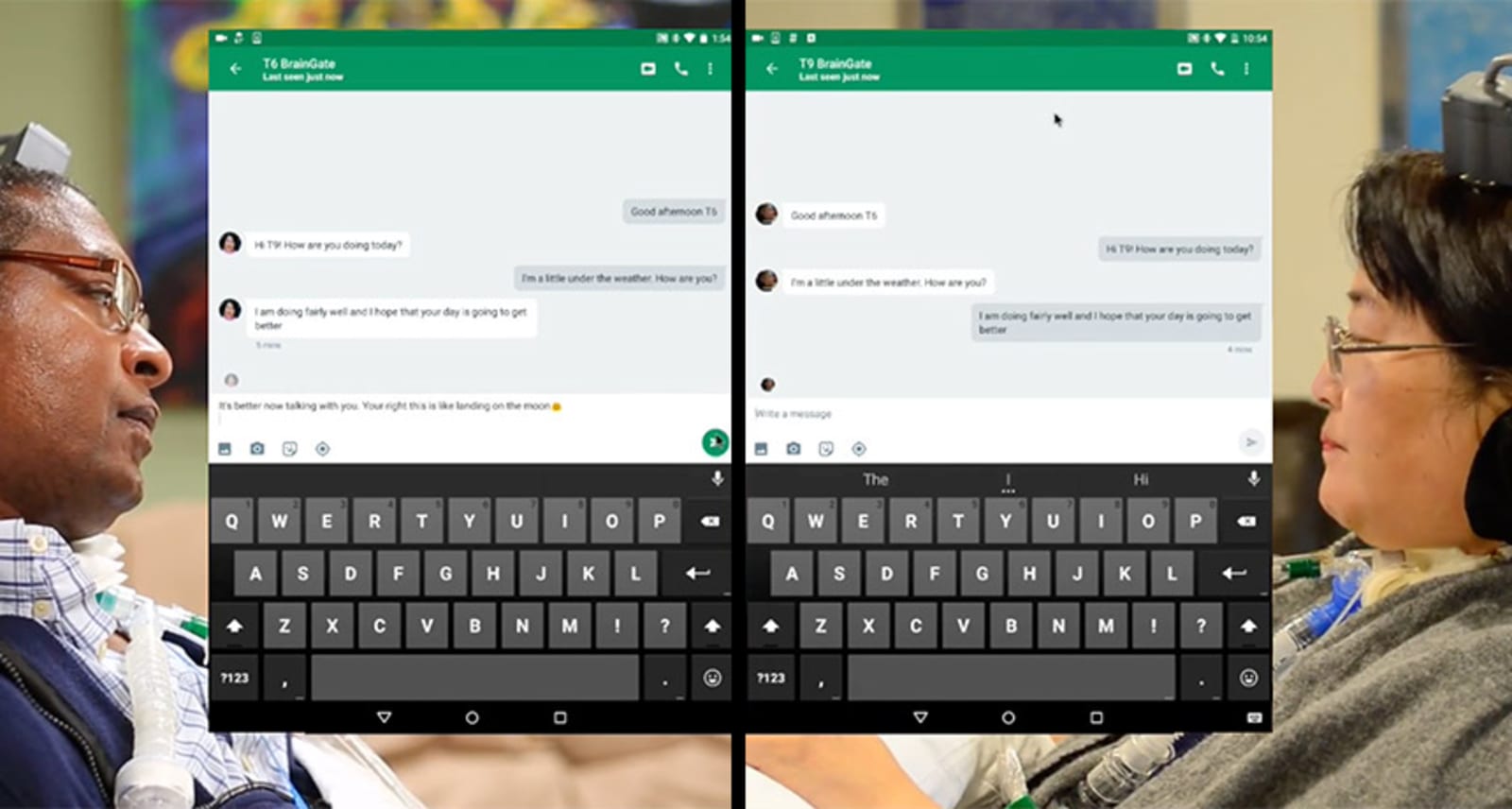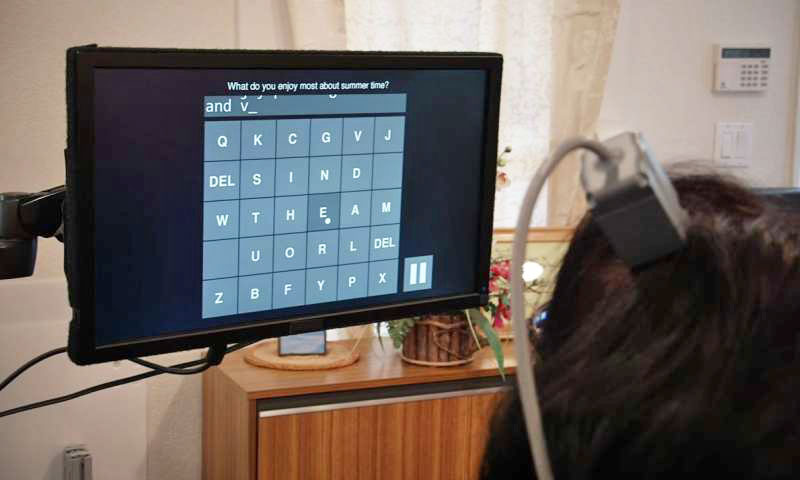
Researchers from the University of Minnesota seem hellbent on turning us all into Professor X -- minus the hoverchair and Patrick Stewart-ly good looks, obviously. Why's that, you ask? Well, back in 2011, the team devised a method, using non-invasive electroencephalogram (EEG), to allow test subjects to steer computer generated aircraft. Fast forward to today and that very same team has managed to translate their virtual work into real-world mind control over a quadrocopter. Using the same brain-computer interface technique, the team was able to successfully demonstrate full 3D control over an AR.Drone 1.0, using a video feed from its front-facing camera as a guide.
But it's not quite as simple as it sounds. Before mind-handling the drone, subjects underwent a training period that lasted about three months on average and utilized a bevy of virtual simulators to let them get acquainted with the nuances of mental navigation. If you're wondering just how exactly these human guinea pigs were able to fly a drone using thought alone, just imagine clenching your fists. That particular mental image was responsible for upward acceleration. Now imagine your left hand clenched alone... that'd cause it to move to the left; the same goes for using only the right. Get it? Good. Now, while we wait for this U. of Minnesota team to perfect its project (and make it more commercial), perhaps this faux-telekinetic toy can occupy your fancy.
Filed under: Robots
Comments
Via: SlashGear
Source: Journal of Neural Engineering
 Three people paralyzed from the neck down have been able to use unmodified computer tablets to text friends, browse the internet and stream music, thanks to an electrode array system called BrainGate2. The findings could have a major impact on the li...
Three people paralyzed from the neck down have been able to use unmodified computer tablets to text friends, browse the internet and stream music, thanks to an electrode array system called BrainGate2. The findings could have a major impact on the li...
 Three people paralyzed from the neck down have been able to use unmodified computer tablets to text friends, browse the internet and stream music, thanks to an electrode array system called BrainGate2. The findings could have a major impact on the li...
Three people paralyzed from the neck down have been able to use unmodified computer tablets to text friends, browse the internet and stream music, thanks to an electrode array system called BrainGate2. The findings could have a major impact on the li...
 John Scalzi's science fiction novel Lock In predicts a near future where people with complete body paralysis can live meaningful, authentic lives thanks to (fictional) advances in brain-computer interfaces. A new study by researchers at Stanford Univ...
John Scalzi's science fiction novel Lock In predicts a near future where people with complete body paralysis can live meaningful, authentic lives thanks to (fictional) advances in brain-computer interfaces. A new study by researchers at Stanford Univ...
